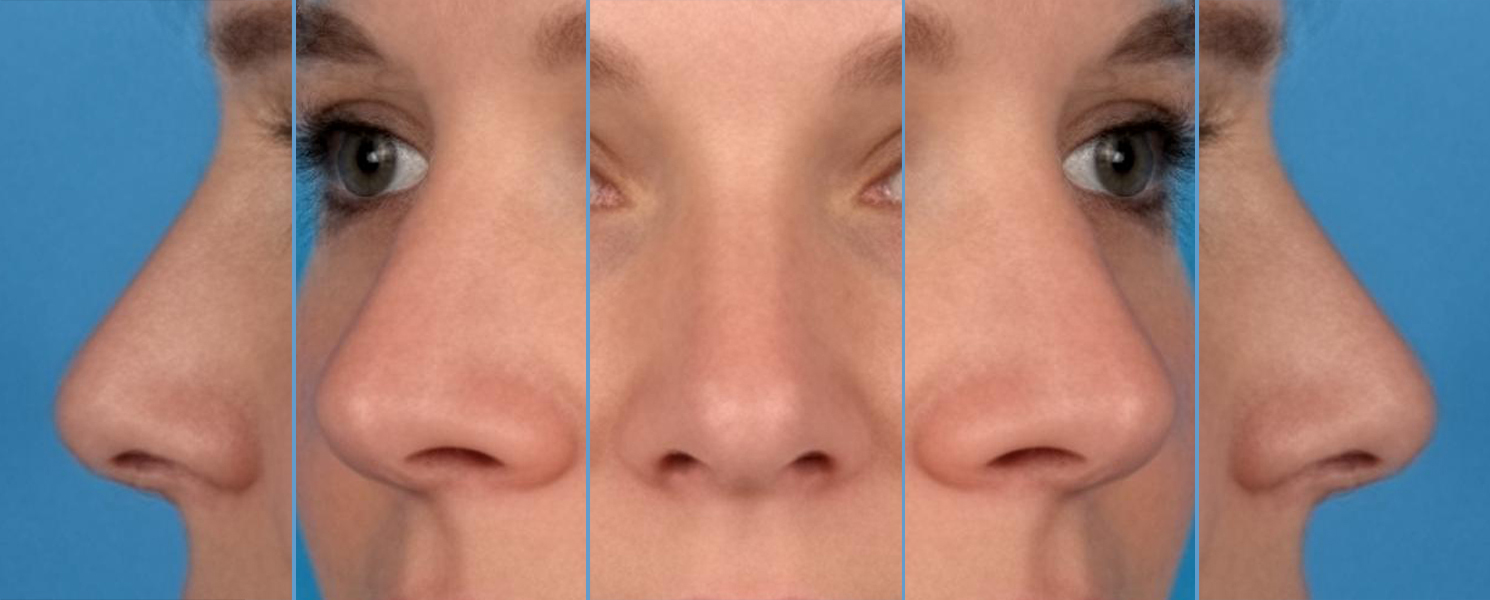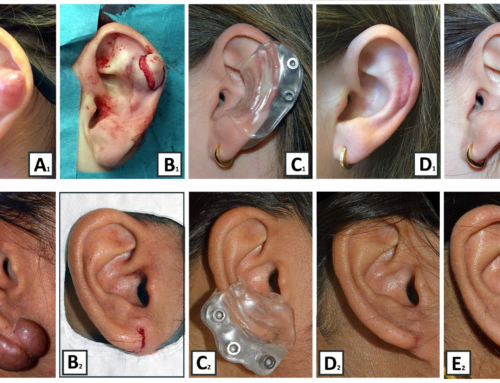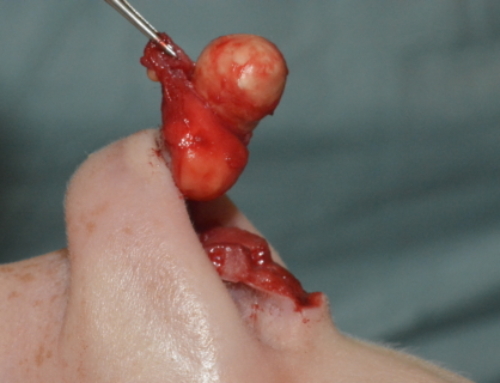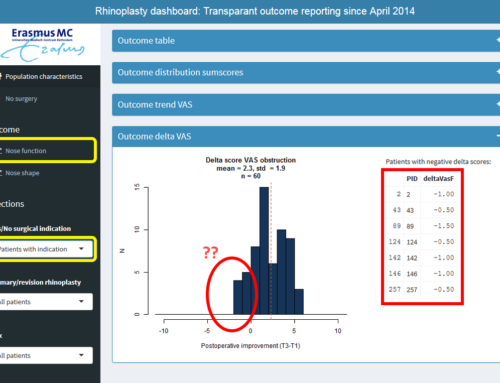Researchers: Floris van Zijl, David Perrett, Dengke Xiao, Peter Lohuis, Frank Datema
Evolutionary psychologists have studied facial attractiveness extensively by linking the importance of attractiveness to human interactions and sexual selection. This research has identified possible cues to what humans find universally attractive in others, such as averageness, symmetry, youthfulness, and sexual dimorphism. Of these four factors, averageness has been proposed as the most important factor in perceiving facial attractiveness.
Averageness in this context does not refer to typical mean in the sense of ‘common’ or ‘frequently occurring in the population’, but more to a configuration of mathematically averaged, computer-manipulated composites of whole faces based on mean numerical values across the face. To date, the relationship between averageness and attractiveness has not been tested for the nose specifically.
We hypothesize that a digitally averaged composite nose of a specific population is rated as more attractive than the individual noses used to create it. If this proves to be so, the averaged attractive nose might serve as a reference for that specific population seeking aesthetic rhinoplasty. Since a large number of aesthetic rhinoplasty candidates in the Netherlands are Caucasian females, aged 25 to 40, we test our hypothesis using this population.





